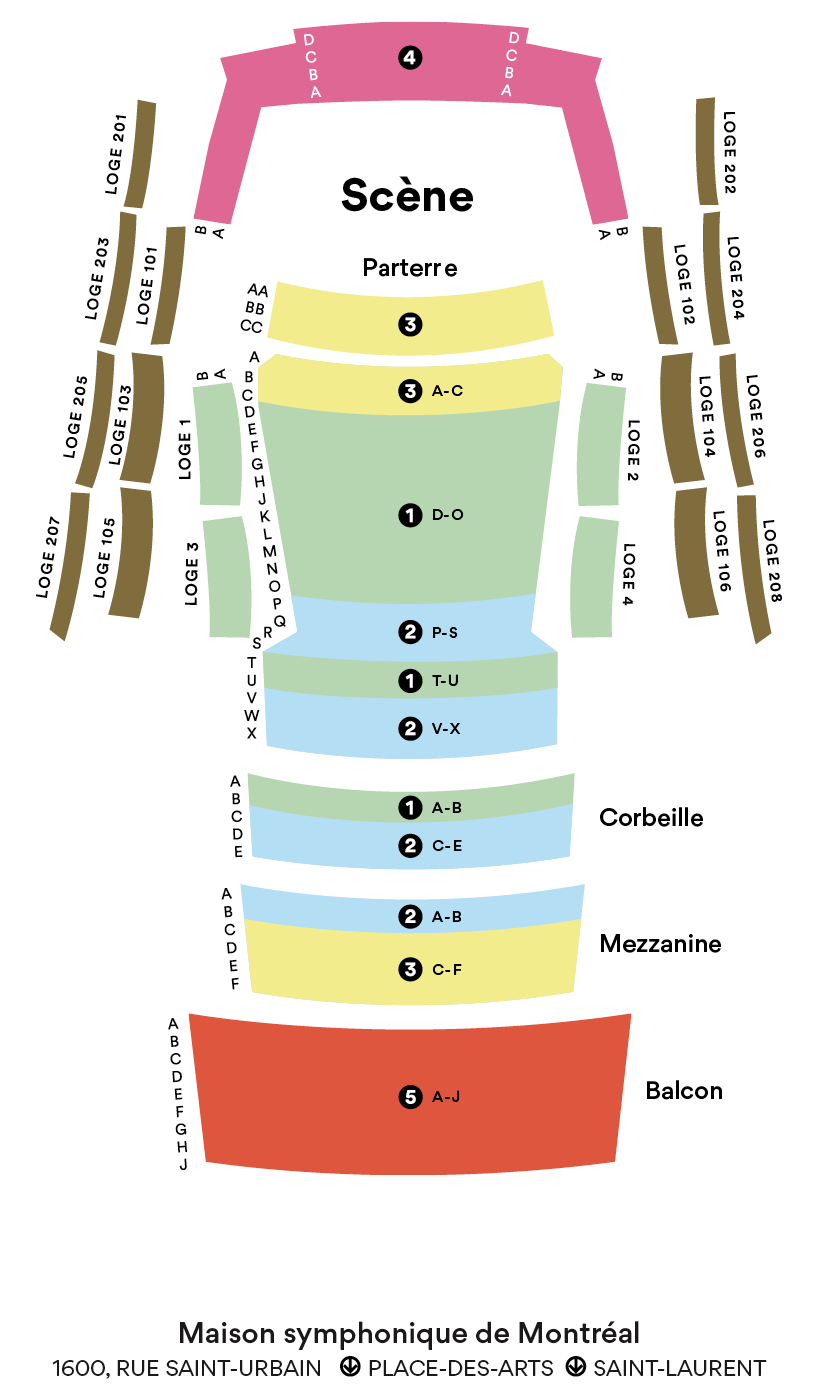Concerto for Violin and Orchestra
Nielsen
1865 – 1931
Carl Nielsen was born in Denmark to a poor peasant family. With the help of friends, he enrolled at the Royal Danish Academy of Music in Copenhagen at age 19. Three years later, he won a scholarship that let him travel to Germany, France and Italy. He then made a career as a violinist and, eventually, conductor at Copenhagen’s Royal Theatre and the Music Society, in addition to teaching at the Academy. Composing in all genres, he left, as François-René Tranchefort writes, “a perfectly original body of work in strong reaction to the German postmodernism whose influence was felt in Denmark.”
Besides his six symphonies, “which carry all the violence and even aggressivity of a ‘message’,” Nielsen’s orchestral music includes three concertos – for violin, flute and clarinet – “comparatively tamer works in which oppositions always find resolution in the unanimity of discourse.” The Violin Concerto is dedicated to his son-in-law, the Hungarian violinist Emil Telmányi. Its unusual structure is comprised of two diptychs, each with a slow introduction followed by a fast movement.
But, as Andrew Clements has pointed out, though Nielsen gives his Concerto proportions of a certain scale, the sweeping, heroic designs of Brahms or Dvořák hold no interest for him. Nielsen leaves the stage to the soloist with the orchestra rather discreetly accompanying and no suggestion of struggle or tension. By his own admission, Nielsen wanted the work to be accessible and radiant but also free of superficiality.
The Præludium that opens the first diptych moves from G minor to D major, the work’s main key. Calm, meditative and seemingly improvised, it features violinistic figurations somewhat in the manner of Bach. Announced by an orchestral tutti, the following Allegro cavalleresco adheres to sonata form. Later the violin develops a long cadenza before concluding on a più presto in G major. The second diptych begins with a Poco adagio in D minor introduced by the oboe and built around a BACH theme (B minor- A-C-B) that reappears on various levels throughout the movement. Given first to the cellos, the next theme ends up creating a mysterious atmosphere. The concluding Allegretto scherzando in a deceptively naïve popular style is a rondo full of life and tinged with humour in which the soloist plays virtuosically.
© François Filiatrault
Translation by Craig Schweickert
